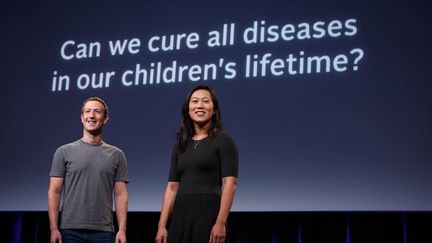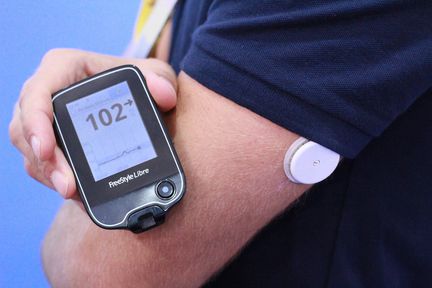In 2013, Google lifted the veil on Calico, a company specialized in the field of health with the ultimate aim of extending the shelf life of mankind by finding cures for diseases such as cancer or Aids.
More recently, the u.s. group mentioned the “BaselineStudy”, a project recorded in his laboratory Google X focused on the genetic, and then we discovered the contact lens dedicated to people with diabetes.

This time, he’s the boss of Facebook that launches in the sector and announces that it has dedicated $ 3 billion in research to fight the diseases that are the most deaths around the world. The action fits in the framework of the activities of the organization Chan Zuckerberg Initiative, the fund should be released over a period of ten years.
The funds will be allocated to research groups for the development of new technologies, but also to support the search for vaccines and cures for various ailments present everywhere in the world. Both objectives are in view : the eradication of certain diseases and the development of a treatment for improving the accompaniment of patients.
These giants of the Net are increasingly investing in medical research, with a direction sometimes purely medical, or sometimes technological. In spite of all, the results of these efforts will not be known until the medium term.
today, there are already technological solutions that allow patients to live better their handicap or better manage their disease. One of the diseases that benefits a particular interest on the part both of the medical corps of engineers is diabetes.

in Addition to the pancreas, artificial, the marketing of which should not take place before several years, there are already insulin pumps have been developed and marketed to patients. It may well include FreeStyle Libre which claims itself as the first Flash of self-monitoring of glucose.
The device presents itself as a blood glucose meter that continuously measures the glucose level of the user thanks to a sensor placed on the back of the arm. The system thus avoids pitting and the tests carried out at fixed times or as a function of the activity of the diabetic. The simple fact of placing the drive on the sensor is used to collect wireless data and obtain its rates of blood glucose.

The sensor is not bigger than a two-euro coin and it can hold it in place for 14 days before being replaced. The transferred data are used to obtain a curve of the rate of glucose on the last hours (up to 8h) and thus enable awareness of hypos at night.
These devices take advantage of the advances in the field of miniaturization, new sensors and technologies of wireless data transfer. They already allow thousands of people with diabetes better manage their disease and live almost normally. Tomorrow, similar devices could see the light of day for the automatic delivery of insulin, painkillers, antibiotics, or other anticoagulants, this will be a first step towards the birth of the human increased.
No comments:
Post a Comment